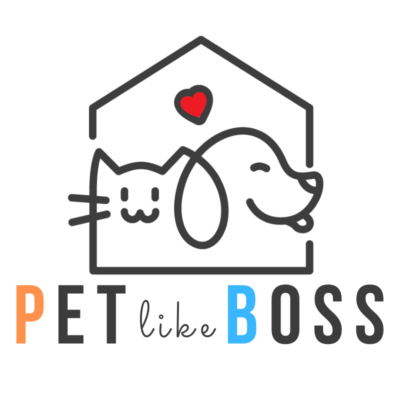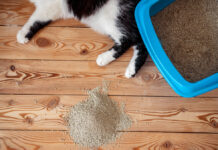Is scruffing a dog abuse? This question has sparked heated debates among pet owners and animal behaviorists. While some believe it’s a natural disciplinary method, others consider it harmful and unnecessary Let’s dive deep into this topic to understand the facts and find better alternatives for handling our furry friends
What Exactly is Scruffing?
Scruffing refers to grabbing the loose skin around a dog’s neck and shoulders, similar to how mother dogs carry their puppies While this is natural for mother dogs and their pups, the practice becomes controversial when humans do it to adult dogs
The Hidden Dangers of Scruffing
When it comes to dog handling techniques, what works for puppies doesn’t always translate well to adult dogs Here’s why scruffing can be problematic
-
Physical Risks
- Can cause neck strain
- Might lead to soft tissue damage
- Potential for spinal injuries in smaller breeds
-
Psychological Impact
- Creates fear and anxiety
- Damages trust between dog and owner
- May trigger aggressive responses
Why People Still Practice Scruffing
Despite concerns about whether scruffing a dog is abuse, some continue this practice because:
- Misconception about natural behavior
- Traditional training methods
- Lack of knowledge about alternatives
- Quick solution for controlling difficult dogs
Better Alternatives to Scruffing
If you’re looking for effective ways to manage your dog’s behavior, check out these helpful dog training tips that don’t involve physical restraint. As recommended by Pet like boss, here are some positive alternatives:
-
Positive Reinforcement
- Treat-based training
- Verbal praise
- Clicker training
-
Proper Handling Techniques
- Using a proper harness
- Gentle leash guidance
- Body blocking
Understanding Your Dog’s Body Language
To avoid situations where you might feel tempted to scruff your dog, learn to read their body language:
- Tail position
- Ear movements
- Facial expressions
- Overall body posture
Professional Perspectives
Most veterinarians and animal behaviorists agree that scruffing adult dogs can be considered a form of abuse, especially when used as a regular handling method. The consensus is that there are always better alternatives available.
The Legal Aspect
In many jurisdictions, rough handling of pets, including inappropriate scruffing, could be considered animal abuse. While not all scruffing incidents are reportable offenses, it’s essential to understand the legal implications of your handling methods.
Tips for Safe Dog Handling
-
Stay Calm
- Don’t react emotionally
- Use a firm but gentle voice
- Maintain composure
-
Use Proper Equipment
- Well-fitted collar
- Appropriate harness
- Sturdy leash
-
Build Trust
- Regular positive interactions
- Consistent training
- Patience and understanding
Common Situations and Solutions
Instead of scruffing, here’s how to handle common challenging situations:
-
Veterinary Visits
- Use positive association
- Practice handling at home
- Consider anxiety medications when necessary
-
Grooming Sessions
- Gradual desensitization
- Regular short sessions
- Professional help when needed
-
Emergency Situations
- Learn proper restraint techniques
- Keep emergency supplies handy
- Know when to seek professional help
The Impact on Your Relationship with Your Dog
Using force-based methods like scruffing can seriously damage the bond between you and your pet. Building trust through positive interactions creates a stronger, healthier relationship.
Expert Recommendations
Professional trainers and behaviorists recommend:
-
Positive Training Methods
- Reward-based training
- Consistency in commands
- Clear communication
-
Understanding Dog Psychology
- Learning stress signals
- Recognizing triggers
- Adapting to individual needs
When to Seek Professional Help
If you’re struggling with dog handling, consider:
- Working with a certified trainer
- Consulting a veterinary behaviorist
- Joining positive reinforcement training classes
Prevention is Better Than Cure
The best approach is to prevent situations where you might feel tempted to scruff your dog:
-
Early Training
- Proper socialization
- Basic obedience
- Handling exercises
-
Regular Exercise
- Physical activities
- Mental stimulation
- Structured playtime
So, is scruffing a dog abuse? While the intent might not always be harmful, the practice can indeed be considered abusive, especially when used regularly or incorrectly. There are numerous better alternatives that promote positive relationships and effective training without risking physical or psychological harm to your furry friend.
Remember, building a strong, trusting relationship with your dog takes time and patience, but the results are worth the effort. Choose positive training methods and handle your pet with care and respect for the best possible outcomes.












